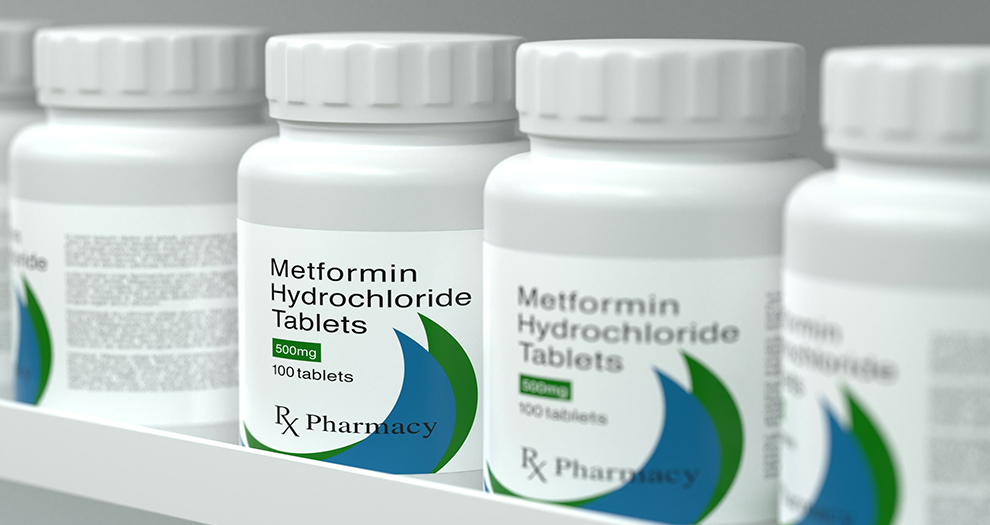Better understanding of science around nitrosamine impurities needed to ascertain level of risk

CPHI Festival of Pharma webinar highlights challenges around detection and elimination of nitrosamine to keep pharmaceutical products safe
The pharmaceutical industry needs to better understand the science around the level of nitrosamine impurities detected in products in order to establish whether these levels constitute a genuine risk, according to experts speaking on a recent CPHI Festival of Pharma roundtable.
The session addressed several of the root causes of the presence of N-nitrosamine in pharmaceuticals and the methods to efficiently and successfully screen for potentially harmful levels.
Nitrosamines are genotoxic substances which may increase the risk of cancer in people exposed to above acceptable levels over longer periods of time. The issue first arose in the pharmaceutical industry in 2018 when the FDA detected impurities in Angiotensin II receptor blockers (ARBs).
Soon after, a number of ‘sartan’ medicines were also found to include nitrosamine impurities, leading to product recalls and a new set of manufacturing requirements for those medicines.
And most recently, the European Medicine Agency’s Committee on Human Medicinal Products said it was asking marketing authorization holders for medicines containing metformin – an oral drug used to control high blood sugar in patients with type II diabetes -- to test their medicines for nitrosamine before releasing them onto the market.
Karl Abele, Senior Scientist and Team Leader Organic Trace Analysis, at Solvias AG, said that one reason why early detection of N-nitrosamines was being prevented was that “many of the small manufacturers are now outsourced at third parties and the impurity information originates from the original manufacturing pathway.”
“In my eyes, what is important is that for outsourced APIs and excipients, screening is taken much more seriously and that it’s not stuck to the initially validated compounds from the original manufacturing pathway,” he said.
Andrew Teasdale, Senior Principal Scientist, Impurity management and External Advocacy, AstraZeneca said the most obvious source of N-nitrosamine, is the situation where, within a synthetic process, you have the intimate presence of a nitrosating agent with a secondary amine in the same stage of the synthesis.
“That is to me by far the most obvious source and still the highest risk associated with N-nitrosamines,” he said.
He added that another risk arises during product formulation – particularly for secondary amine drugs --, in that N-nitrosamines can potentially be generated by the reaction between the secondary amine drug and nitrites that are present within some excipients.
The third risk he identified was during the packaging process, with the lidding foils on blister packs being nitrocellulose-based: “We know we can generate N-nitrosamines through nitrocellulose lidding materials from the lidding process but what we don’t now is are the levels that are formed an actual level of concern?
“What we really need to ascertain, is what kinds of levels of nitrites correlate with an actual risk,” he added. “It’s a theoretical risk at the moment, but whether that’s a genuine risk is still something we need to investigate further. Until we can quantify that and better understand the science around it, there is a risk that we can overestimate some of those risk pathways.”
Rakeshwar Bandichhor, Head, Chemistry - API - Process R&D, at Dr Reddy’s told the audience that from a chemical standpoint, secondary amines cannot be avoided: “Somewhere along the line of the synthetic landscape you are going to use tertiary amines or DMF [N-dimethylformamide] or primary amines. These secondary amines may be hiding in these organic bases. And we are talking about these impurities at the level of ppm and ppt levels, depending on what is the maximum daily dose of the medicine that doctors are prescribing to the patients.”
He added that during synthesis in the manufacturing process, “at some point in time you need to eliminate one of the reaction partners so that your downstream processing can take care of one of these components or all nitrosamines that should have been found to ensure that your product is cleaner.”
Houri Simonian, Director Analytical Operations, SGS Life made the point that another aspect to be further investigated with regard to nitrosamine impurities is product stability.
“I mean the compatibility with excipients, and the stability; if this is something that can be generated through the lifecycle of a product because that hasn’t really been looked into as a potential source in the past,” she said.
Position your company at the heart of the global Pharma industry with a CPHI Online membership
-
Your products and solutions visible to thousands of visitors within the largest Pharma marketplace
-
Generate high-quality, engaged leads for your business, all year round
-
Promote your business as the industry’s thought-leader by hosting your reports, brochures and videos within your profile
-
Your company’s profile boosted at all participating CPHI events
-
An easy-to-use platform with a detailed dashboard showing your leads and performance